We live in such a world that a business or a brand can not survive without a proper online appearance any longer. Digital marketing and internet visibility require a well-optimized website in accordance with search engine optimizations (SEO). There are many aspects of SEO, and the fields in which elements are necessary are innumerable. It is an unignorable factor that affects the search engine result page (SERP) ranking. Many website owners, SEO specialists, and webmasters focus on optimizing on-page and off-page SEO properly to be at the top of the ranking. However, even though it is an element of on-page optimizations, image SEO is often overlooked. Optimizing images for SEO matters.
As images on the web get more attention than plain texts and support content to be visible, they can be found through image search. Also, image and SEO can diversify with each business type and the purpose of the content. This article aims to enlighten various topics regarding image SEO. What is it, and why is it important? Besides, how can image optimization for SEO be done? Can optimizing images for SEO benefit us? Continue reading to discover one of the most crucial on-page SEO factors and improve your website.
What Is Image SEO?
Image SEO is the term for optimizing the images, visuals, and graphics to help search engine spiders notice and crawl the web page more efficiently. It provides extra information about an image to search engines. As a result, the search engine can better understand the purpose of the image and will rank it higher on image searches. Besides, it has a huge part in overall on-page SEO, which directly affects the ranking and visibility of a website.
Furthermore, image optimization can not be narrowed down to only adding image alt texts anymore. It requires various optimizations such as:
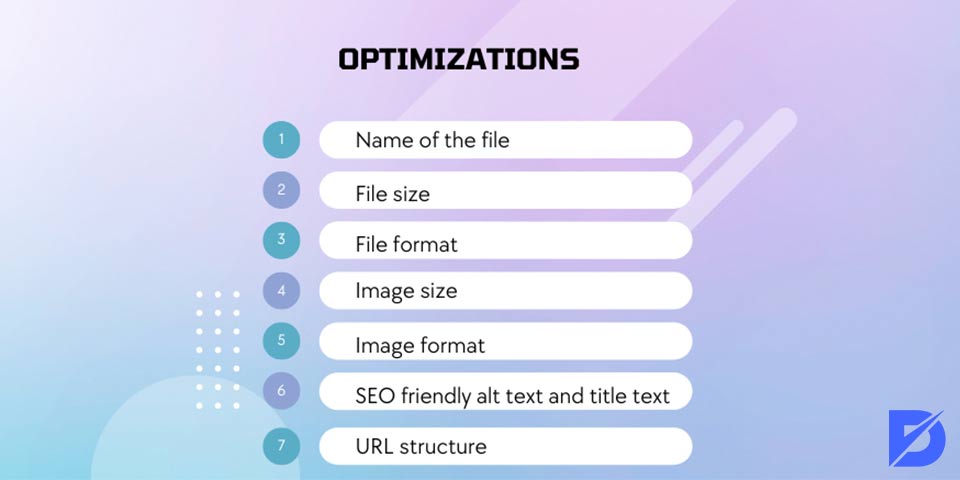
- Name of the file,
- File size,
- File format,
- Image size,
- Image format,
- Seo-friendly alt text and title text,
- URL structure,
And many more, which we will try to analyze and explain each of them in our article.
How to Optimize Images For SEO
Images bring life and better visuals to a blog post and attract users with the user-friendly environment they create. There are some techniques used to optimize an image properly for SEO. Let us explain how to optimize images for SEO thoroughly and provide tips to use images for better user experience and SERP ranking.
Choose the Right File Format
A webmaster, SEO specialist, or website owner should carefully choose the best image format before adding them to the website.
Among many other image formats to pick from, the PNG and JPEG formats are the most recommended and commonly used formats on the internet. The two have their pros and cons:
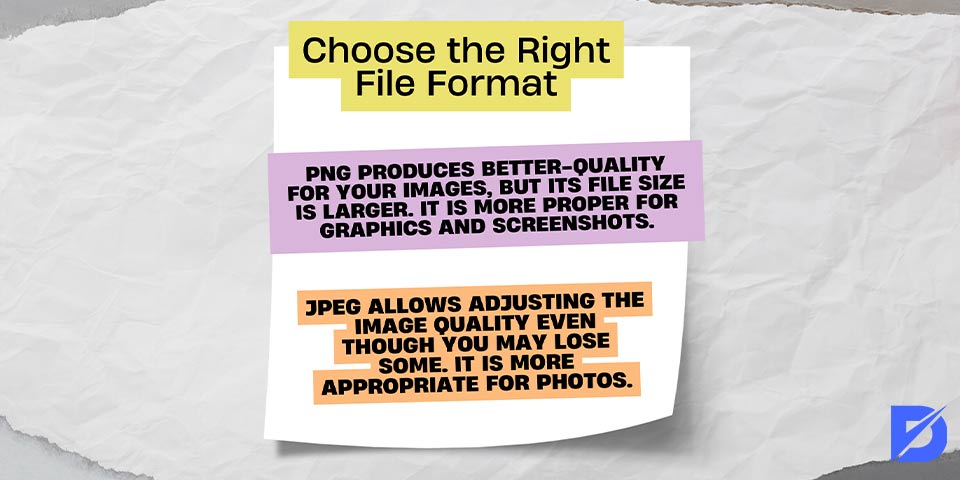
- PNG produces better-quality for your images, but its file size is larger. It is more proper for graphics and screenshots.
- JPEG allows adjusting the image quality even though you may lose some. It is more appropriate for photos.
And then there are GIFs: they create emotion, show personality, and are easy to consume.
Compress File Size
The file size of images should not be too large to help search engine spiders crawl your web pages. Besides, images’ file sizes affect the loading speed of web pages, and it is a critical ranking factor. The larger the file size, the more it will take to load the web page, which may result in organic traffic loss and lower ranking.
However, you can compress the file sizes of images using Photoshop applications.
Create Exclusive Image File Names
Image file names may seem unimportant, but they play a huge role in getting ranked on the SERP. For this reason, the essential keywords must be included in the file name. Also, the keywords should be related to the content the image is going to appear in.
It would be best if you used hyphens to separate the individual terms in the file name instead of using underscores. Avoiding special characters and uppercase letters is also recommended.
A well-written file name is an essential factor for getting a good ranking in image search and also helps search engines to classify your website better.
Optimize Image Size and Format
Larger images will get more favorable results for your SEO instead of smaller images. The length of the image’s sides should be at least 300 pixels. But, the image should still not be too large. So the step to optimize photos is really important for SEO.
The most appreciated format is 4:3, which is the most clicked. It would be best to avoid too wide or high formats. Otherwise, the image may get cut off, and you may lose what you want to show.
Title and Alt Texts
A title text defines what the image is about and what users see when they mouse over it. The image title text should describe the content of the image in a concise way.
The image alt text appears when the image cannot be loaded properly for various reasons, such as a bad internet connection or server problems. It is a great helper to blind people who are using screen readers to do their internet research. Also, the image alt text helps the search engine to classify the image better. The alt text should not be the same as the title text, as the search engine will consider it poorly optimized. If you want to learn more about alt text, you may be interested in how to write an SEO-friendly alt text for your images, and you can also learn how to optimize title, description and URL for SEO.
Mobile-Friendliness Matters
If you want to improve your website’s mobile version as well, you need to make the images mobile-friendly, too. Mobile-friendly websites rank better; it is a crystal-clear fact. Optimizing your images for mobile SEO then will improve your ranking. Responsive images, which scale with the web page size if it is on desktop or mobile, will allow you to get your images ready for mobile SEO.
Consider Using Image Sitemaps
Search engine spiders can not crawl images that are not included in the webpage source code. So, a webmaster should address their locations in an image sitemap to help crawlers identify the pictures.
Moreover, using Google sitemaps to give more information about the images on your website to Google will help it rank the website.
Optimizing images for SEO may seem confusing and time-consuming for many people. It would be best if you did not forget that it is critically fundamental for your website and online appearance. Continue reading to learn how important image SEO is.

Why Are Images Important For SEO?
Like every other on-page search engine optimization, images, too, play their role in increasing visibility and getting the website ranked higher on SERP. A proper image SEO can help to increase the visibility of your image files in image searches. They can also be promoted in the results of general web searches if the images are highly related to a specific search query.
- If an image is well-optimized for SEO, it will lead to a greater increase in organic web traffic. As the URL of the page appears when clicking on an image on SERP, it will redirect the user to your web page.
- SEO-friendly images will leave a positive impression on users. Thus, it will generate a better user experience. They will attract the targeted audience more quickly as they will reduce the loading time of the page.
- If the images include the most critical keywords and tags, the entire web page they appear on will significantly improve. Consequently, the search engine will be able to crawl and index it better and rank it higher on the universal SERP.
Conclusion
Optimizing images for SEO may be complicated, but it is a rewarding element to consider while building a website. Moreover, website owners should always make sure that their images are high-quality and well-optimized for a better search engine and user experience. Do not forget that one of the techniques you can use to get a better ranking and appear more confident on SERP is through adjusting image SEO well. We have found GoDaddy’s video on how to optimize images for SEO helpful. You can find it down below.
Frequently Asked Questions About
Backlinks do not directly affect the ranking but should be taken into concern because the more reliable a website has, the more likely that its images rank well.
Thumbnails can cause a slower loading speed of the page. Making thumbnail file sizes as small as possible is what we can recommend.
Yes, embedded texts in images can be crawled and indexed by search engines.
Using the right title and alt text in your images, do help to increase the traffic on your website. You should always do this step correctly; it is an easy and important part of the traffic you get.
Adding sitemaps to your images helps search engine spiders to crawl through and find your images easily. They need a location to improve and identify your website images.

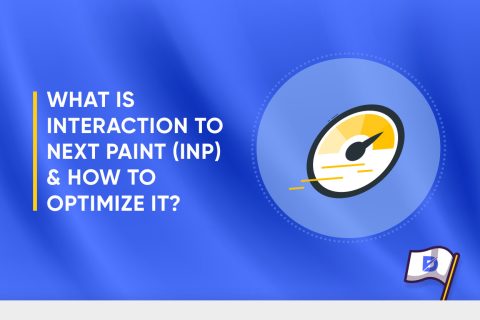
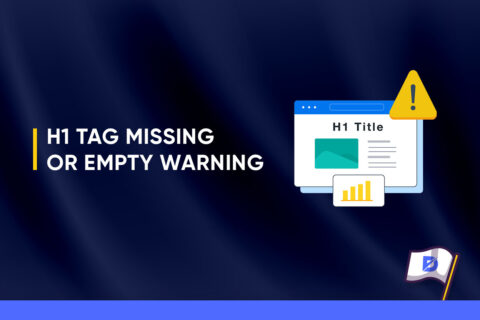
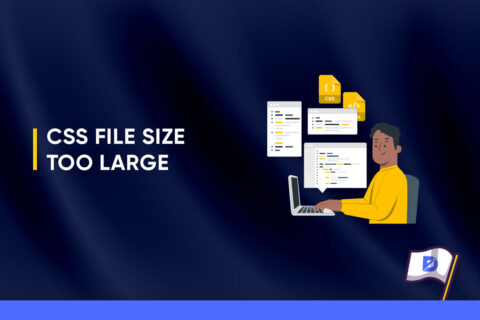

No comments to show.